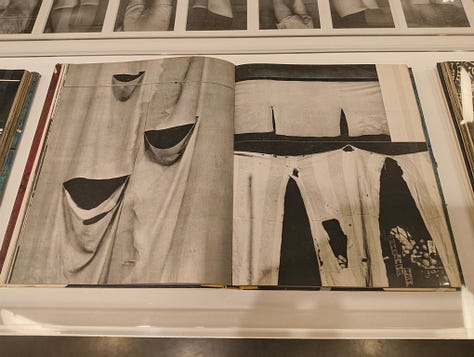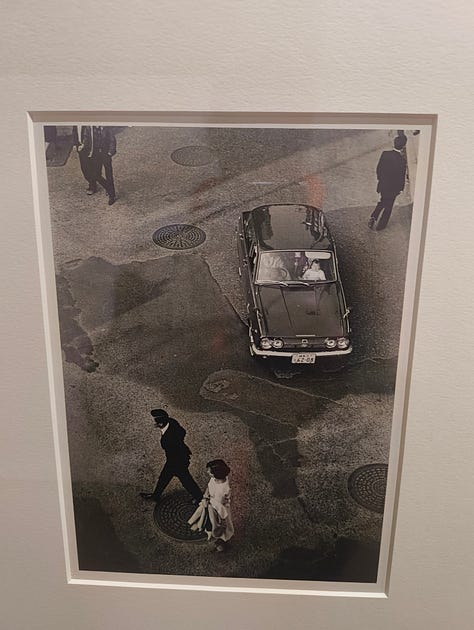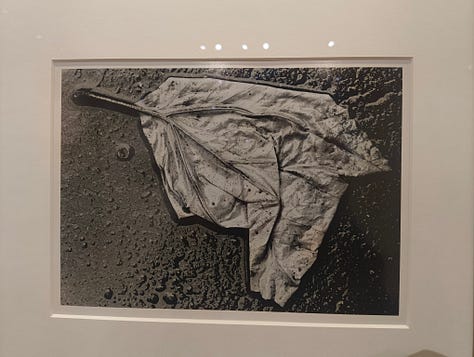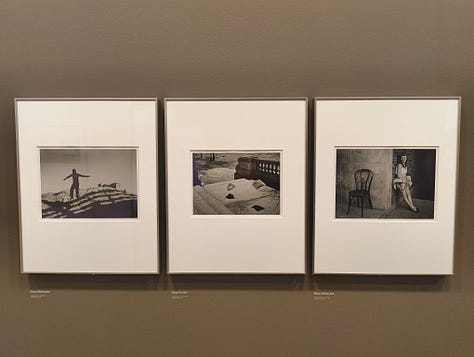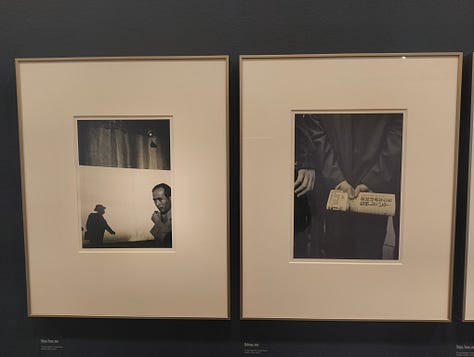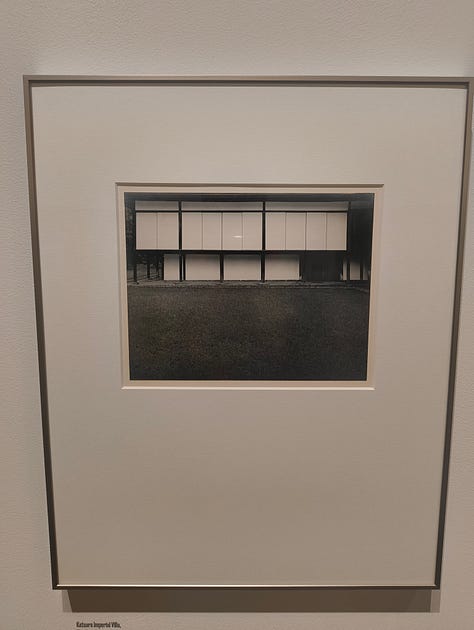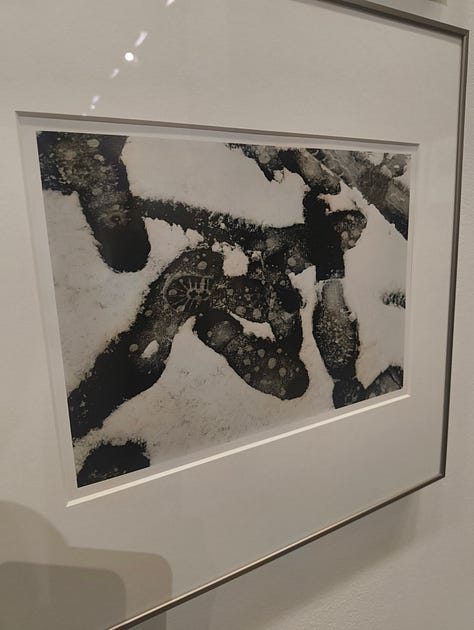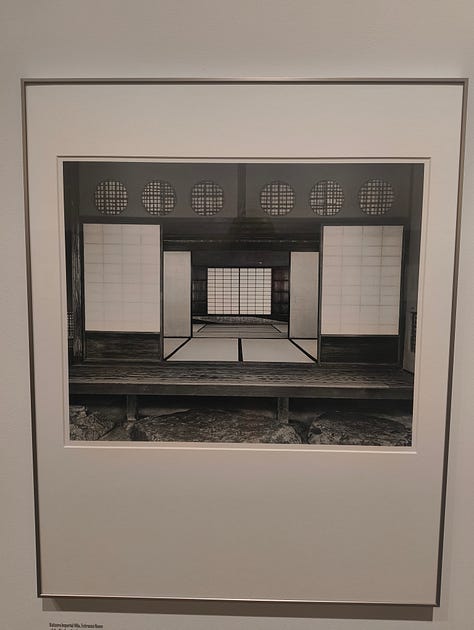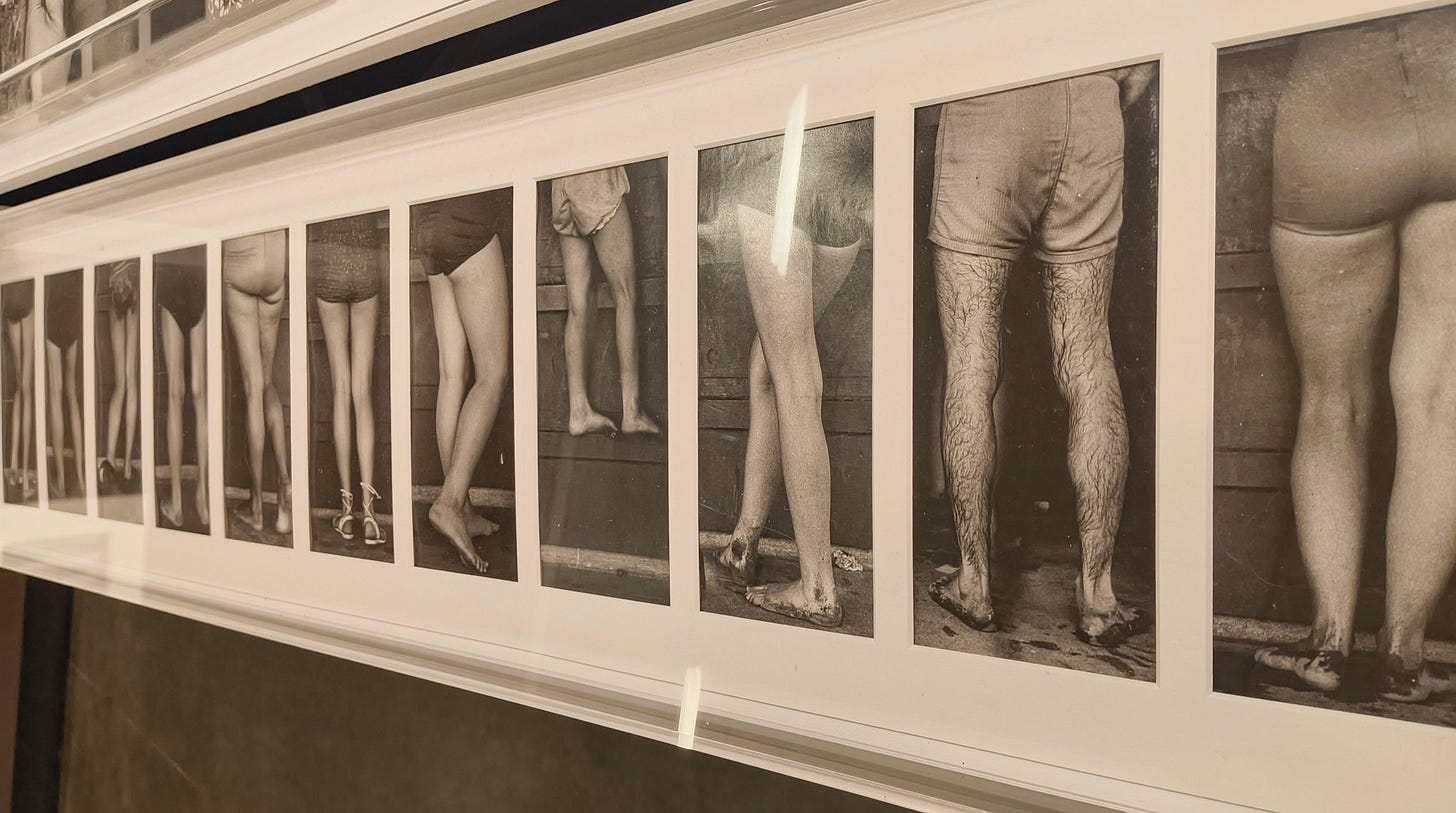Crossing the Pacific
Le Bal, Paris
Yasuhiro Ishimoto - Des lignes et des corps / Lines and Bodies
June 19 to December 22, 2024
Le Bal is a gorgeous lil space just off Place de Clichy, where the 8th, 9th, 17th, and 18th arrondissements all bang into one another. Like Paris’s version of Old Street roundabout, there always seems to be some kind of chaotic road maintenance going on here, but Le Bal is tucked away down a sleepy alleyway with a cute café. More importantly, it’s been one of Europe’s most exciting spaces for photography and contemporary image culture since it opened as a non-profit in 2010.
This show – curated by Diane Dufour, the co-director of the space – is focused on Japanese-American photographer Yasuhiro Ishimoto. It would be wrong to call him an unknown, but I think it’s fair to say he’s dramatically under-known as an artist. Compared to other Japanese greats like Daidō Moriyama, Nobuyoshi Araki and Shōji Ueda (or the much younger Rinko Kawauchi), Ishimoto doesn’t show up in a lot of listicles. And essentially the aim of this show is perhaps to start setting that right.
The results at Le Bal showcase a stunningly ambidextrous photographer, one somehow equally adept at capturing warmth in the hard angles of minimalist architecture, and at documentary photography that sings with the human energy of life on the streets of America and Japan, but yet which always resists sentimentalism.
Born in 1921 in California, Ishimoto returned to Japan as a small child, and then spent his adult life mostly between America and Japan, before he died in Tokyo in 2012. He was interned following the invasion of Pearl Harbor, along with around 120,00 other Japanese-Americans, who despite often living in America for generations had been denied citizenship and were treated as potential enemies of the state. And it was in a camp in Colorado that he first picked up a camera.
Following the war, after initially beginning an architecture degree, he then studied at Chicago’s Institute of Design, which was founded by László Moholy-Nagy in 1937 as The New Bauhaus. From there his practice took off. It feels trite to say it, but the effects of being treated as both outsider and insider echo through Ishimoto’s work as a powerful, yet never heavy-handed, presence.
He captures the second wave of black migration to Chicago following WW2, with shots of kids and adults dressed up for Halloween in the south side of the city, bodies trudging through frozen winter streets, groups of people waiting for public transportation in high summer, and more.
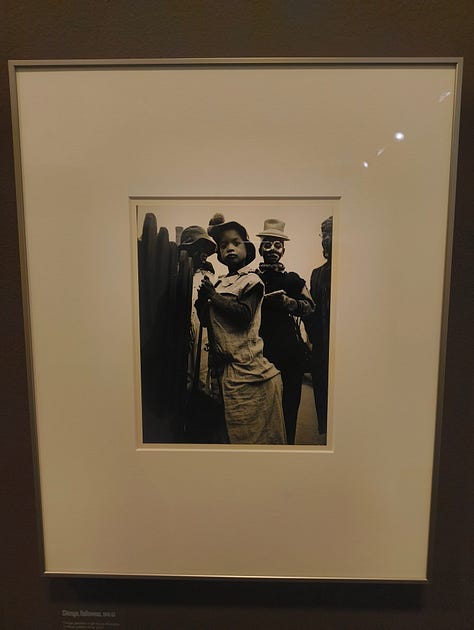
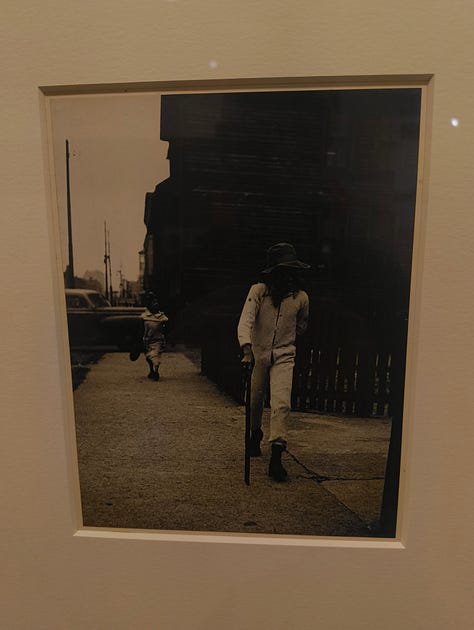



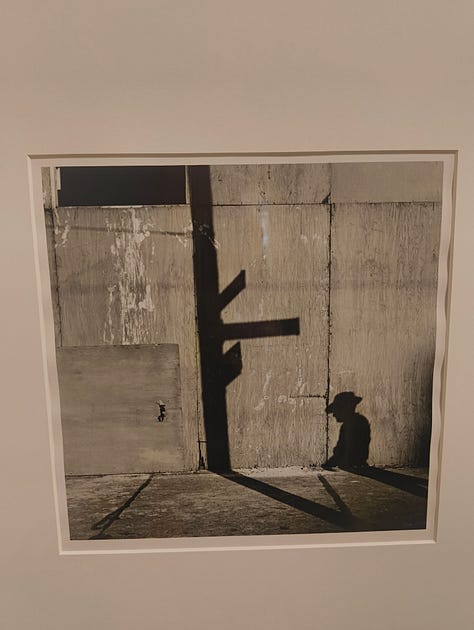

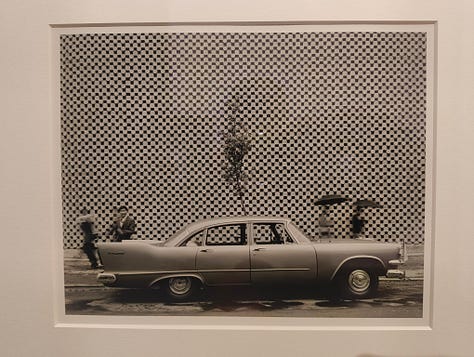
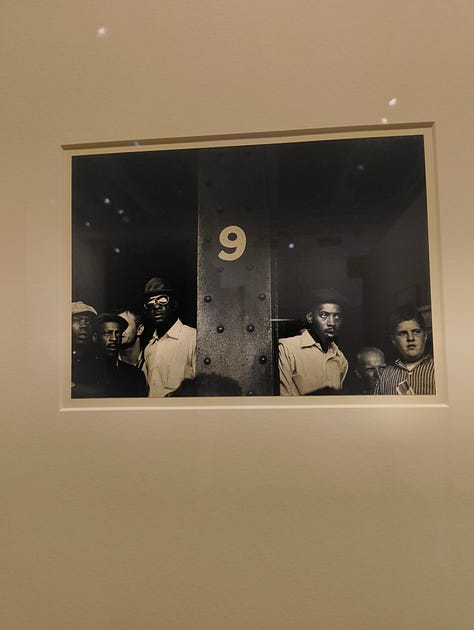
Another series finds him turning his lens on whale-belly-white bodies intertwined on beaches, alongside a stunning, long sequence of bathers’ legs lined up as they buy snacks. Throughout, the energetic, enigmatic human shadows caught in black and white echo forward to the colour work of artists like Harry Gruyaert, and back to Ishimoto’s loose contemporary Cartier-Bresson.
But there’s also plenty of still life here: leaves and cans crushed on asphalt, footprints in melting slush, empty street scenes, abandoned buildings and other urban paraphernalia, minimalist squared-off images of doors and shopfronts, fallen snow on quiet doorstops. There are a couple of experiments with graphic forms and shapes in colour photography, but the bulk of the work is black and white, often printed by the artist himself.
Back in Japan, the ‘bilingualism’ of his practice – as the exhibition calls it – is shown his elegant studies of the Katsura Imperial Villa in Kyoto made in the 1950s, but also in the hard angles and soft flow of street life, where hands delicately clutch newspapers, and businessmen traipse through the city.
This show was due to close in a couple of weeks’ time, but it has now been extended until 22 December, which is excellent news. Whether you’re coming to his work with completely fresh eyes, or you’re already very aware of Ishimoto, this is an incredible look back at one of the 20th century’s great photographic talents.
